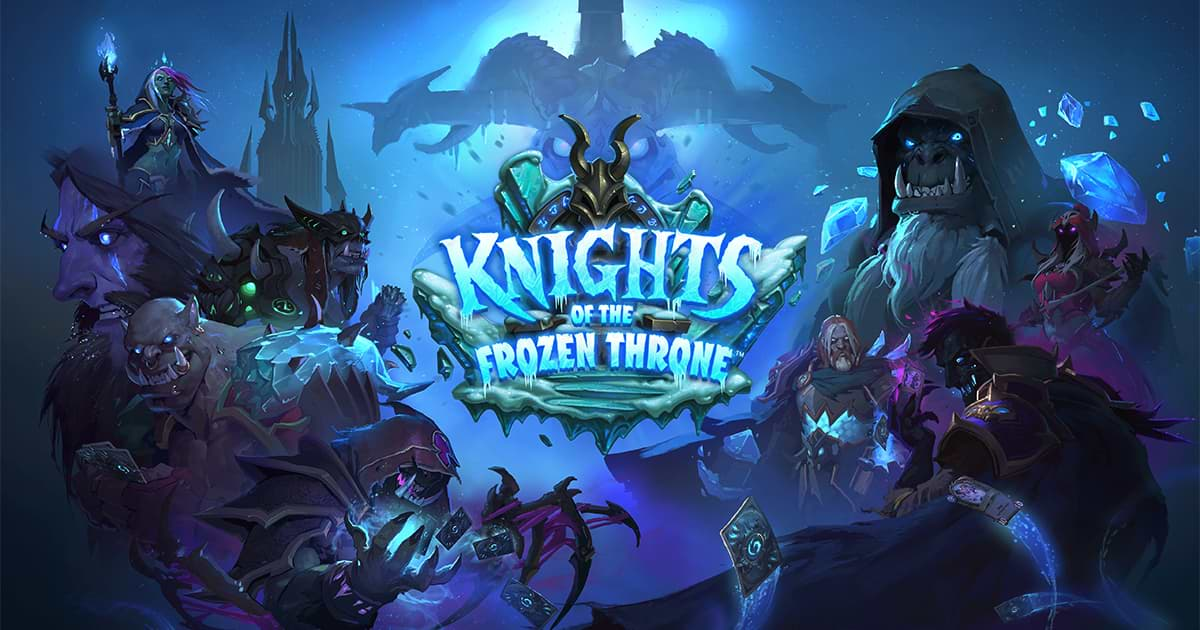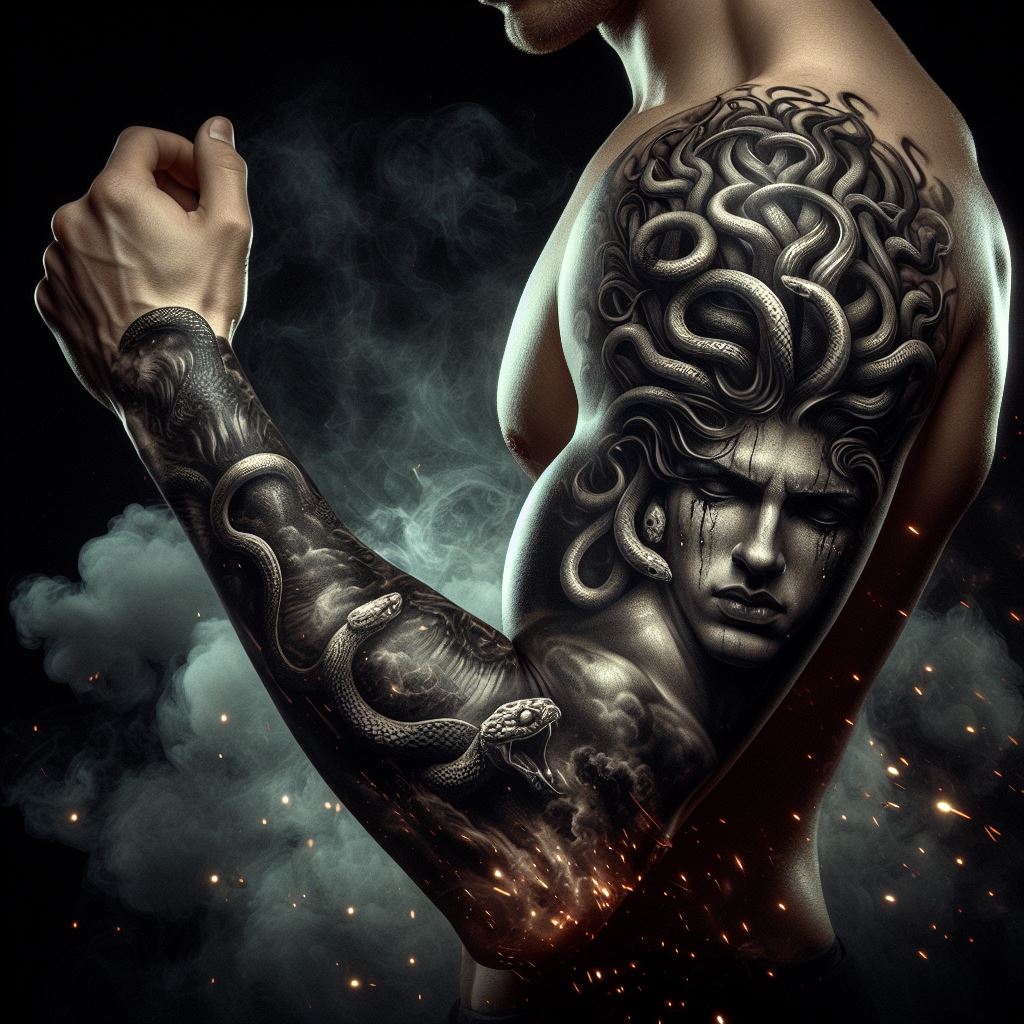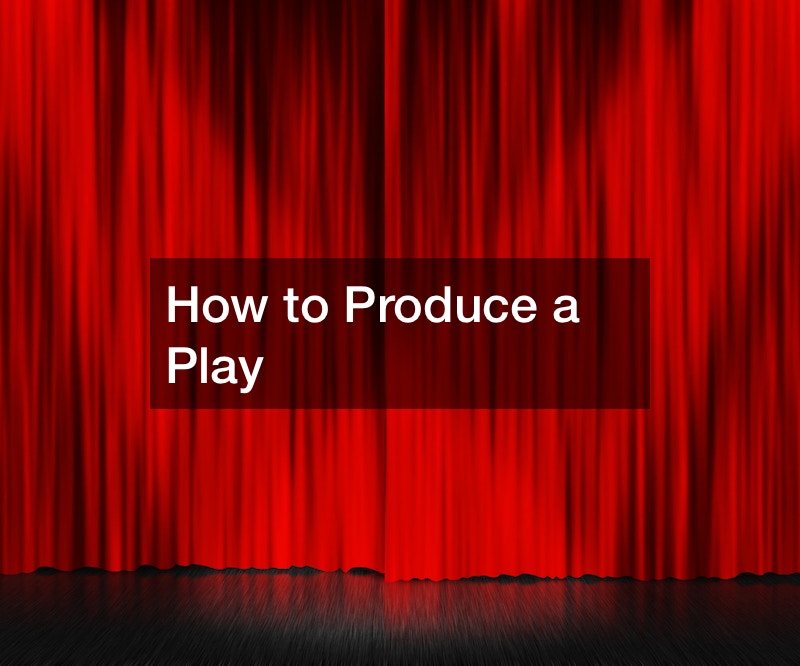The Death Knight class was introduced in the Knights of the Frozen Throne expansion, and the game hasn’t been the same since. Since their introduction, the Death Knight class has been popular both during its run in the Standard Meta, and in Wild Meta.
But their name is a bit of a misnomer: the Death Knight class isn’t actually a class, but an expansion on the current roster. Here’s a breakdown of the Death Knight heroes and some of the Death Knight cards:
Who are the Death Knights?
The Death Knights are alternate heroes that are summoned by specific cards from the KoFT expansion. They give your current hero a cosmetic lift (complete with new hero portrait and emotes) while, at the same time, providing you with a brand new hero power.

The Death Knights are NOT a class in and of itself; rather, it’s a variation of your current hero, with hero powers that are synergised with other KoFT cards. It’s not permanent; each transformation into a Death Knight lasts just for the match that it’s played. Each DK hero comes with 5 armor and a unique battle cry.
None the less, the Death Knight heroes were one of the coolest aspects of the game, bringing a new and fresh take on each hero. Let’s meet the gang.
Frost Lich Jaina
One of the first to fall for the Lich King’s corruption, Frost Lich Jaina is, for me, one of the best value Death Knights in the entire expansion, thanks to Icy Touch, her upgraded hero power. Icy Touch deals 1 damage, and if it kills a minion, it summons a friendly 3/6 Water Elemental: pretty handy when you’re faced with a full board of enemy minions with low health. It costs 9 mana, so it’s more of a late-game play, although it’s powerful enough to turn a dire situation into a win. Oh, did I also mention that, when you turn into Frost Lich Jaina, ALL your Elementals now have Lifesteal? That includes Fire Fly, Water Elemental, and yes, Baron Geddon.

OP much? Nah, not unless you’re losing.
Swadowreaper Anduin
What happens to the Light when it’s touched by the Lich King? It becomes Shadow, and Shadowreaper Anduin wields it efficiently. When cast, Shadowreaper Anduin destroys all enemy minions with 5 or more attack, making it a very efficient board clearing card. Shadowreaper Anduin’s hero power is Voidform, a 2-cost ability that deals 2 damage and is refreshed after another card is played.

It might not be as powerful or as utility-heavy as Icy Touch, but it’s still an effective control ability that lets you clear big minions or threaten lethal if you have enough low-cost cards to cast. This became a problem when paired with Raza the Chained, whose original Battlecry was able to reduce the cost of your hero power to 0. The term “Machine Gun Priest” became a thing, with players using Raza to create an infinite chain of Voidform blasts to the face. Blizzard was forced to nerf Raza because of this.
Talk about a game changer!
Bloodreaver Gul’dan
The most expensive Death Knight card to cast at 10-mana, Bloodreaver Gul’dan’s utility more than makes up for his cost. His Battlecry re-summons ALL friendly minions that died this game, giving you easy late-board control. His Hero Power, Siphon Life, deals 3 Lifesteal damage, ensuring that you’ll be kept alive despite enemy board control.

The demons summoned by Bloodreaver Gul’dan do NOT replay their own battlecries, meaning high-stat-but-negative-battlecry minions like Doomguard, Pit Lord, or Lakkari Felhound have a chance to increase your board’s value. Couple this with minions like Void Lord, and you’ll have a formidable army right when the enemy think they’ve won.
Wall Priest, look out!
Deathstalker Rexxar
Deathstalker Rexxar is the second cheapest Death Knight card to cast (next to Thrall, Deathseer), which, combined with his Build-a-Beast hero power, makes him one of the highest value-adding Death Knights in the game. When cast, Deathstalker Rexxar deals 2 damage to all enemy minions, making him a perfect board clear for the mid-game (or even Late game, if the enemy minions are small enough). It’s the perfect counter for most Zoo decks.

Deathstalker Rexxar’s hero power is Build-a-Beast, which allows you to craft a custom Zombeast, an amalgamation of 3 random beasts from the game, combining their stats, battlecries, deathrattles, and abilities into one, powerful minion. This means that Deathstalker Rexxar will never have a shortage of minions on board, but be warned: the Build-a-Beast combines stats, abilities, AND mana cost, so make sure you have enough mana to cast the minions on the same turn to maximize their value.
Let the eternal hunt begin!
Scourgelord Garrosh
Scourgelord Garrosh is just as much concerned about dealing reckless damage to all minions as his non-Death Knight counterpart. Upon casting, Scourgelord Garrosh immediately equips Shadowmourne, a 4/3 weapon that also damages the minions next to whatever you attack; think Battle Fury or Cleave from DotA 2. Yes, you still take damage to the face whenever you attack, but with the initial 5 armor you receive from casting a Death Knight to the host of armor-generating cards Warrior is privy to, and you should be fine.

Scourgelord Garrosh’ hero power is Bladestorm, which deals 1 damage to all minions. This is in the same vein as Warpath and Whirlwind, wherein all minions, friendly or enemy, are damaged in one fell swoop. This can be utilized either to help bring down the health of enemy minions to a more manageable level, or my favorite, use it in conjunction with Frothing Berserker, giving you an easy OTK.
Uther of the Ebon Blade
When the Light’s Justice fails, Uther takes up the Ebon Blade and leads the forces of the Frozen Throne to battle. Which is exactly what he does with his hero power: The Four Horsemen, which summons a 2/2 horseman. While the minions themselves are vanilla, if you have all 4 unique horsemen on board, you automatically destroy the enemy hero. Couple this with taunt or bounce minions, and you’ll have a sure-win deck that will help you climb the ladder.

If you’re having trouble laying down all 4 horsemen, don’t worry: casting Uther of the Ebon Blade also equips the hero with Grave Vengeance, a whopping 5/3 weapon with Lifesteal, giving Uther the opportunity to neutralize, mid-sized enemy minions. A must-have for any control deck.
Malfurion the Pestilent
The third cheapest Death Knight card mana-wise, Malfurion the Pestilent can be cast at turn 7, controlling the Late game when it starts. His Battlecry is true to his Druid roots: A Choose One ability that summons either 2 Poisonous Spiders or 2 Scarabs with Taunt, with either being a good choice for Druid control decks.

Malfurion the Pestilent’s hero power is Plague Lord which, again, is a Choose One ability: You can either gain 3 armor OR gain 3 attack. However, this hero power is affected by Fandral Staghelm’s ability, which allows you to gain both 3 armor AND attack, making Malfurion’s hero power slightly more valuable than Uther or Garrosh.
Thrall, Deathseer
At 5 mana, casting Thrall, Deathseer means you can theoretically play this during the early game, giving players a huge tilt and keep them ahead in tempo. Thrall, Deathseer’s battlecry evolves all friendly minions into random minions that cost 1 mana more, lending itself perfectly to aggro decks and players.

His hero power is Transmute, which again transforms a friendly minion into a random one that costs one more. While it is fairly RNG reliant, it does ensure that at least one of your minions is ahead in tempo, making it one of the fastest Death Knights to use.
Valeera the Hollow
Speaking of speed, Rogue’s Death Knight, Valeera the Hollow, is built specifically for players who run through their decks quickly. Upon casting, Valeera the Hollow gives the hero Stealth until next turn, shielding you from potentially lethal damage or OTK’s.

Valeera the Hollow’s hero power is a passive ability called Death’s Shadow, which adds a “Shadow Reflection” into your hand at the start of your turn. Shadow Reflection is a 0 mana card that transforms into a copy of the last card you play during your turn. This can be utilized in multiple ways: refill your deck using Academic Espionage or anything that shuffles copies, Use it for tempo to double-cast the same spell, or to summon 2 minions of the same kind to maximize their battlecry.
The Lich King/Arfus
Technically not Death Knight heroes, The Lich King and Arfus are still high value-adding cards that are essential in most KofT decks.
Arfus is a legendary 4-cost 2/2 that adds a random Death Knight card to your hand.

The Lich King, on the other hand, is an 8-cost 8/8 minion with Taunt that adds a random DK card to your hand. The cards can be one of the following:

- Death Coil: a 2-cost spell can either deal 5 damage to an enemy or restore 5 health to any friendly character
- Death Grip: A 2-cost spell that steals a minion from your opponent’s deck and add it to your hand. Note that the keyword is steal, which means that the minion will no longer be available from your opponent’s deck.
- Obliterate: a 2-cost spell that destroys a minion but deals damage to your hero equal to its health.
- Death and Decay: A 3-cost spell that deals 3 damage to all enemies.
- Anti-Magic Shell: a 4-cost spell that gives all friendly minions +2/+2 and makes them untargettable by spells or hero powers. Possibly one of the most powerful Death Knight card.
- Doom Pact: a 5-cost spell that destroys all minions but discards the top card of your deck for each minion destroyed. An effective board clear, albeit extremely risky.
- Army of the Dead: a 6-cost spell that removes the top 5 cards of your deck and summons any minion that have been removed. Perfect for Zoo decks.
- Frostmourne: a 7-cost 5/3 weapon with a deathrattle that summons every minion that had been killed by the weapon. Essential for control decks, as this can help you re-summon problematic enemy minions to fight for your side.
Game Changers
The Knights of the Frozen Throne expansion was a game changer for Hearthstone for many reasons: first, the Death Knight cards themselves were ridiculously overpowered but somehow balanced thanks to the randomness of acquiring them; second, the expansion introduced Missions, which was Hearthstone’s take on a single-player campaign. Finally, it changed the game thanks to the Death Knight heroes.
At a time when people started feeling the game become a little stagnant, the Death Knight heroes injected a breath of fresh air to the game, giving players a different take on their well-beloved and well-known, but overused, heroes. The hero powers were balanced and in line with the characters of the individual heroes.
In essence, Knights of the Frozen Throne introduced mechanics that were well-built, synergized with both the standard Meta and Wild cards, and was well-written in terms of story and theme. Even now, the Death Knight class cards are a popular addition to many Wild decks, with some decks even revolving around the DK heroes or having win-conditions revolving around them.





